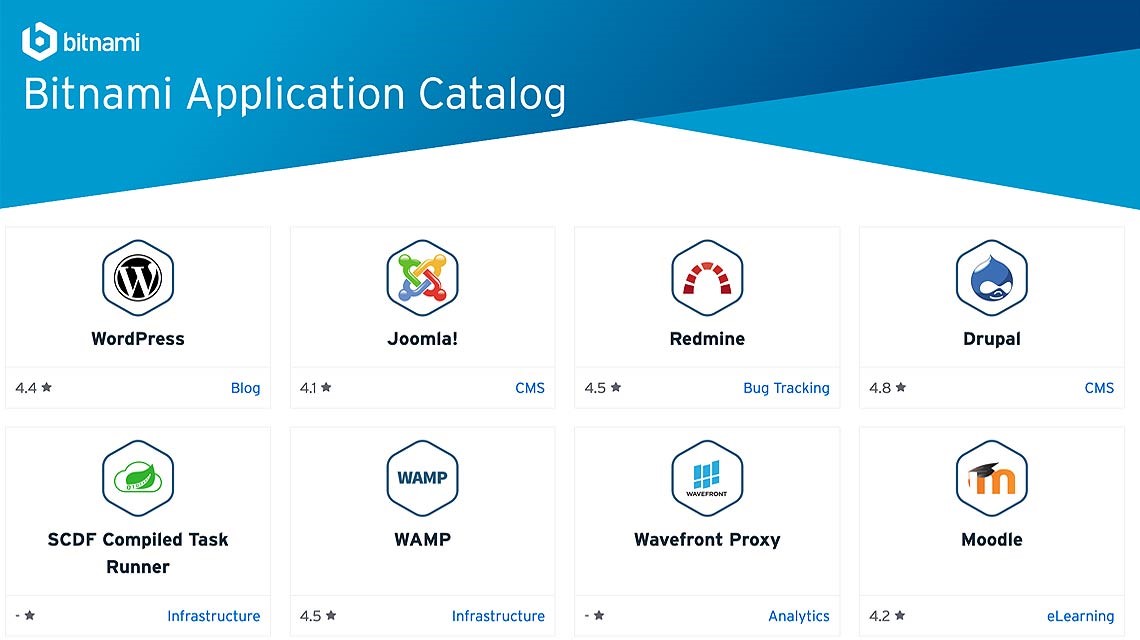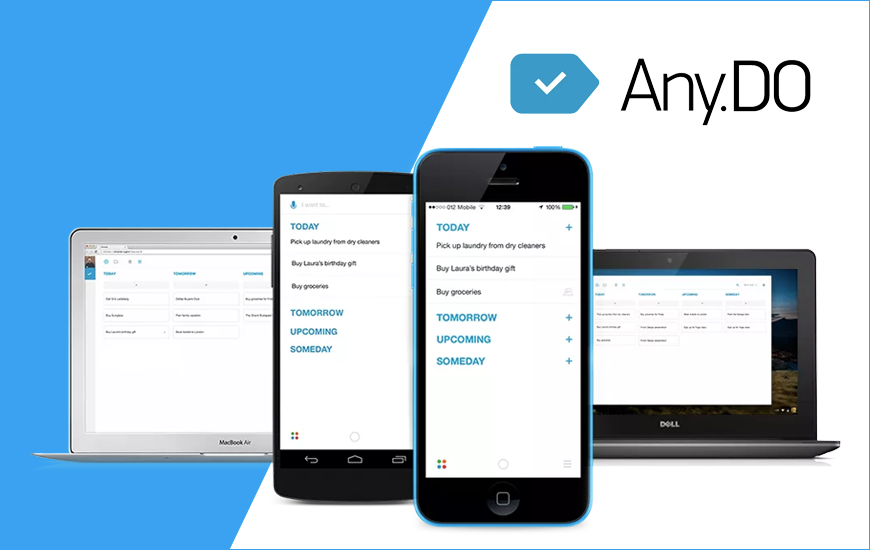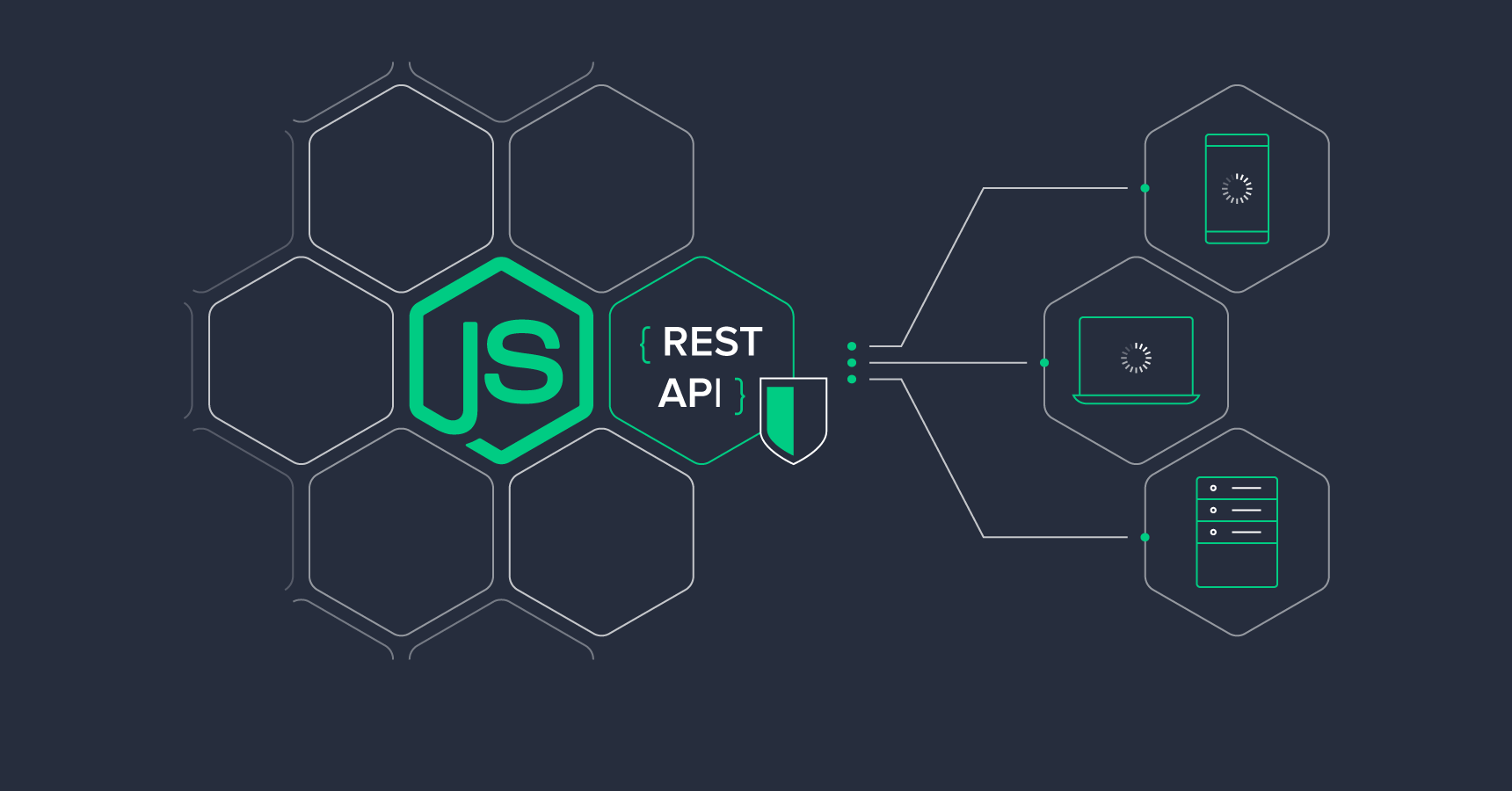What exactly developers do and how their work works are their sweet secrets. Only one thing is sure: they are not the computer scientists your colleagues should call if their Excel or Word program crashes for the tenth time. They enjoy the jobs of connecting different components and systems, defining data structures, and creating algorithms for programs, software tools, or work on software application development.
Their main task is to program the software – that is, to develop new ones or to improve and repair old ones. Depending on whether their code works or not, they will sometimes feel like “Masters of the Universe,” sometimes like a monkey tangled around a keyboard.

Although most people think of developers as people who work in dark rooms and look at numbers on monitors for hours, they sit in a standard office like any other employee. Meetings, which are with your team and other departments, are a regular occurrence. To be excellent at programming, they must have a lot of “Know-How” and be experts in programming languages and software as well as web development.
In addition to Phyton, Ruby, and C ++, another language talent is needed – many forums and literature, written in English, so you should especially master this vocabulary. Terms like “bug,” “feature,” or “plugin” may be foreign to you, but they are everyday to them. They should be communicative and communicate with each other about existing code errors. In addition, they should work well under time pressure because there are often deadlines they have to stick to in this business.
Given all the above, it is not worse sometimes to resort to some facilities in their work, so developers like to use various software to help them organize business activities, meetings, team management, project management, communication, and the like.
Checking some platforms below you will see that it also can help you to write a paper but you can use the best assignment writing service UK to save more time.
1. GitHub

To begin with, let’s touch on GitHub, from which everything starts. But to understand GitHub, you need to understand the word “Git” in the name in question. Git is an open-source version tracking system made by Linus Torvalds – inventor of the Linux operating system.
What does the version tracking system mean? When a programmer runs an application, he constantly changes the code or files that make up the application. To always have all the code written, the developers use the mentioned version tracking systems. They store these versions of the program (code) in repositories.
Moreover, they always have multiple versions of each file, and if something goes wrong, they can always restore one of the older versions of the files. They can see at any time how a file has evolved – how others added the code to it, who added it (or deleted it), at what time, and the like.
In addition to backing up your code, Git makes it very easy to collaborate with other developers. Since most code repositories are located on the Internet, developers can “download” the program’s latest version and upgrade it. When we say that – we mean the people you give access to modify your program or application. There are many more benefits that Git offers, but you get the point. Git is here to track changes to your code.
Furthermore, GitHub is a website or service that allows you to save code to their servers with the help of Git. Specifically, GitHub is your online repository where you store code, and the site offers many additional features as well as integration with tools such as Asana. Some can connect with other developers, allowing other developers to “help” you with the project. So, GitHub is one of the best services of its kind.
2. Atom

A good programmer uses a good editor or IDE (IDE – Integrated Development Environment). Atom is a desktop text editor based on HTML, CSS, and JavaScript web technologies, which means you can upgrade it however you want. If you do not want to, you can use it as such. If you have the knowledge and desire to add some new features, you can do that too.
What we like most is the modularity of the editor, which means you already have over 9000 packages and over 3000 themes that you can install to add new features, or, as we said, you can add the same yourself. You do not like an existing option – remove it. Or replace it with your own. The interface is excellent and reminds us of Sublime Text, which is very commendable. Sublime Text is a fantastic editor, but it costs about $70. Atom is open-source and free.
3. Bitnami

After the Atom, we move briefly into the clouds. Bitnami is a service that allows you to launch a specific application in the cloud in a few mouse clicks or to set up, say, a blog in the cloud. Of course, all the infrastructure is theirs, and you have to choose what you want to install.
This platform is excellent for deploying a web application in the cloud. You can see the complete list of applications that you can install on their infrastructure on the official Bitnami website, but we assure you that you will find all the most popular services. So, you can run WordPress, Joomla, Moogle, Magneto, ownCloud, Odoo, WAMP, GitLab, Ruby, MediaWiki, and so on.
In addition, you can install the same services on other cloud platforms, but this requires some time and configuration. Bitnami does it for you – you choose what you want. This outstanding service costs around $30/month, but if you are serious about something and make money from it, it is not a bad idea to buy this service.
4. Pluralsight

The key to success in the technology industry is always to be a little ahead of time, and you can only do that through continuous improvement. Pluralsight is one of those websites or the leading site where you can learn almost anything you want.
This platform is impressive because of its simplicity. Once you register, you have your profile and a library with courses you can watch, and that is it. Everything is nicely “packaged” in a great and responsive website. There are also over 7000+ different courses available that cover a bunch of areas in IT.
5. Any.do

In today’s busy world, it is essential to know how to manage time properly. Unfortunately, it is hard to work developer time well, and there is almost no person who does not feel when he is constantly in a ‘time crunch.’ Any.do is an exciting application that combines the functionality of a calendar and a to-do list.
The application picked up the best functions from both categories and merged them all into one functional unit. Any.do offers a comprehensive overview of calendars and appointments while allowing the user to create detailed to-do lists or tasks to perform.
You can connect this application to several different calendars. For example, it is possible to match Any.do with Google, Facebook, and Outlook calendars, allowing users who love multiple platforms to coordinate and list appointments more efficiently. It looks fantastic, and the design of the application is customized to the end-user.
6. Node.js

Node.js is a server-side JavaScript platform comprised of a minimal core library in addition to a rich ecosystem. It runs on the V8 JavaScript engine, which means it is speedy to execute. Traditionally, programming is done synchronously:
- A line of code is completed.
- The system waits for the result.
- The result is processed.
- Program execution continues.
Sometimes that execution system requires a long wait, for example, reading from a database. Node.js allows the use of a single language between the front-end and back-end. It means that you can implement a complete application using a single programming language.
Together with Google’s V8 JavaScript engine, it has incredible speed. It is several times faster than other scripting languages like Ruby and Python. JavaScript was chosen as the language because of its small core API and non-blocking call-backs.
Its non-blocking architecture is ideal for creating real-time web applications, meaning it is possible to build a complete Node.js ecosystem around non-blocking packages, of which exist more than ten thousand. The result is a platform and ecosystem that fits architecturally perfectly with the requirements of creating modern real-time web applications.
7. JIRA

JIRA is most commonly used as an issue management system. But what is an “issue”? In global development communities, this is clear because JIRA is a capable Java product for managing development projects in the software development process and tracking requests, changes, and bugs. But less is known about how it can be used for other purposes, such as general task and case management of any project.
JIRA is a project management product that shares similarities with Wrike, adaptable by changing Java code, upgradeable with several hundred plugins, connected to several development environments, wikis, project management systems, continuous construction, code versioning, and a product for various business applications, from storage to administration.
Conclusion
A good developer differs from the average by the quality of the code. The average developer, the one who ‘got into’ development just because salaries are relatively high, will deliver code that will work, but nothing more. A good developer will try to make the code ‘look’ good, that it is relatively easy to understand, read and view.
Moreover, a good developer will often be an active member and lecturer at various thematic gatherings and conferences. And he is primarily distinguished by the fact that he knows how to use a set of other tools that will help him organize time, people, resources, and everything else that will be an integral part of his job.
